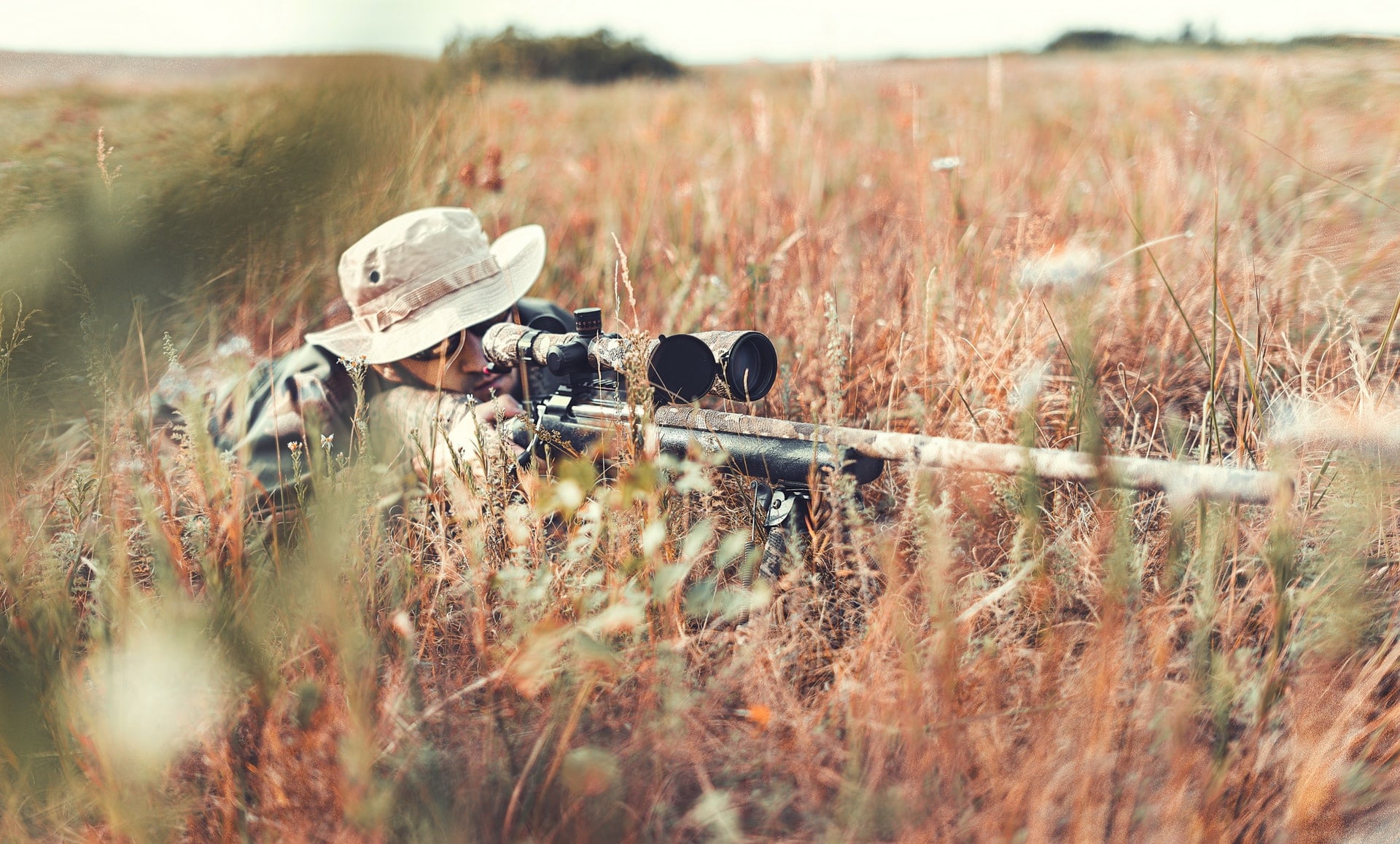Tips for Safe Hunting
The problem of hunting safety is always relevant. People hold weapons in their hands and any negligence or unjustified risk can lead to tragedy. The injury does not have to be caused by the weapon. Hazardous behavior of wild animals, careless climbing or descending a tree, rocky landscape, poisonous plants are all potential risks. In order to eliminate hunting accidents, most states require you to complete a safety course before you can apply for a license. There are many courses that can be taken online. But, as a rule, your knowledge must be confirmed at the field day, which is provided by the training programs for hunters. It is a very good idea to enroll in a hunting safety course before you set out on your first hunt. By doing this, you will not only save yourself, but also learn to take care of others.
Tips for Safe Hunting
Go hunting with a friend or group
The most important advice, in our opinion, is not to hunt alone. This is especially important for beginners. You get all the benefits at the same time: communication, transfer of experience, safety and care in the event of an accident. For more experienced hunters who hunt alone, it is necessary to inform loved ones about where you are going and agree on communication intervals. If suddenly, you do not get in touch within the agreed time, your relatives should know exactly where to look for you. It will be useful to have an alarm button with you, which, when pressed, will send your coordinates to the agreed numbers with an alarm message. These are extreme measures that we hope you never need. But life, sometimes, gives us very unpleasant surprises. Therefore, it is better to take unnecessary measures than to do nothing for your own safety.
Wear Hunter Orange
Most states require at least 500 square feet of orange above your waist. It can be a jacket, a vest, a hat. If you are wearing camouflage, then at least 50% of the space should be orange. You should not be mistaken for an animal under any circumstances. You must be visible to all nearby hunters. In the dark, we recommend turning on the headlamp, which will not confuse you with the beast. Do not neglect this rule, not only for your own safety, but also for your colleagues. Think about how they will have to live with the thought that they mistakenly shot a person just because they did not wear an orange vest.
You cannot shoot if you are not 100% sure of your target
We understand that this rule can lead to a series of missed goals. But human life is much more valuable than all the missed opportunities put together. It is worth calculating the development of events if the bullet misses the target. Where can she go? If there are residential buildings nearby, the road, then it is worth calculating the events a few steps ahead. Don’t lose sight of the space between the target and you. It is important that a non-game animal or random guest does not cross the line of fire. Before you shoot, take into account all the factors, clearly identify the target and only then shoot. Remember your area of responsibility.
We cannot fail to mention the importance of a humane shot. The animal should not experience unnecessary painful suffering. Explore the anatomy of the animal and entry point, which will ensure near-instant death. Give preference to them, choosing the appropriate position for the shot. Plus, these correct shots will ensure you have plenty of meat intact.
Observe the safety rules when handling weapons
By default, treat your weapon as if it were always loaded. This means that you never point the barrel at yourself or those around you. Even if you just discharged it. Outside of the hunt, the muzzle should look at the ground. Do not keep your finger on the trigger until the moment is shot. Keep your weapon unloaded if you are not going to hunt. Never, climb or descend from a tree or rack with a loaded weapon. Unloaded, tied to a rope. We climbed up on the counter, dragged in the weapon, loaded it. Before descending, you need to discharge, tie to a rope, lower your weapon, and descend yourself. All this should become a strong habit, up to automatic actions.
Security at the counter
Long hours of waiting can make you sleepy. In order to avoid an accident, you need to tie yourself to a tree, not to a stand. There are many types of insurances available for use on stands. It is important for your safety to wear a safety harness from ascent to descent. The only way to untie the belt is to stand with both feet on the ground. In the event that you do fall off and hang on the belay device, you should have a backup plan for descending to the ground. For optimal skill, we recommend that you practice your ascent and descent in daylight before you venture out this way at night.
In fact, the list of safety tips is somewhat more extensive than we have presented. For more information, we recommend taking a hunter safety course with practical exercises.
